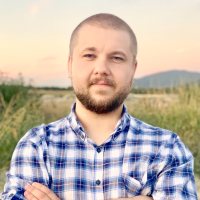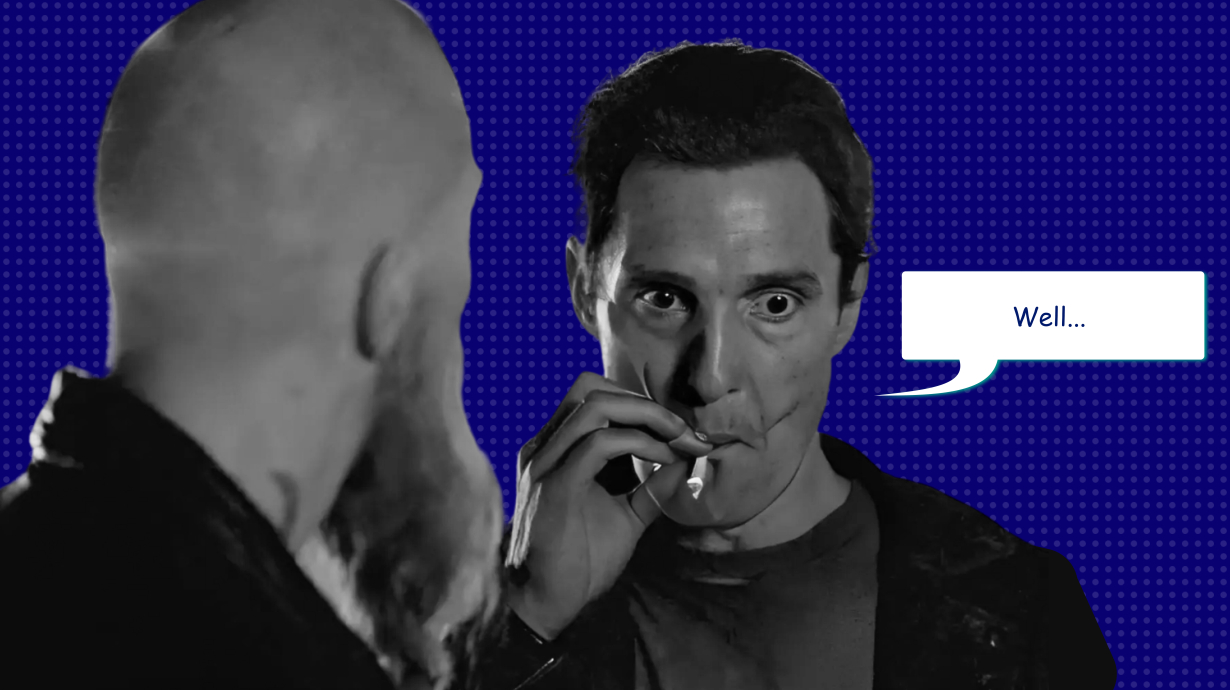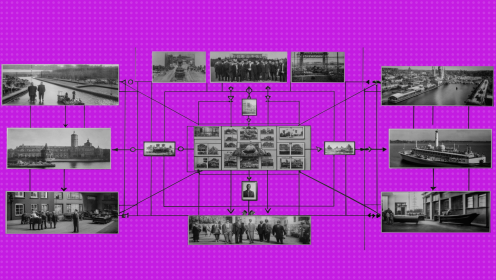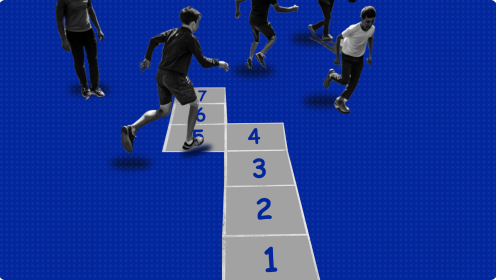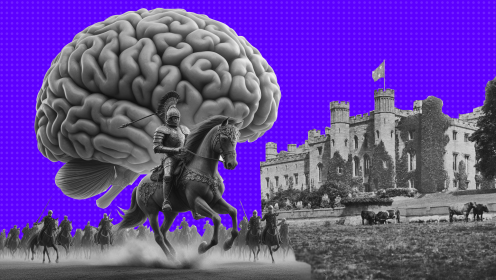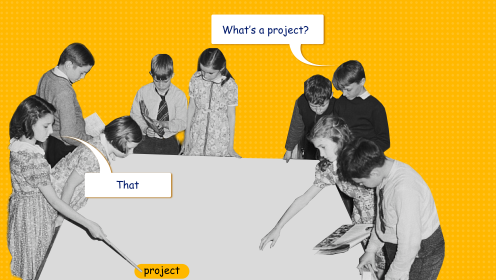Managing projects is not easy. Especially when you start doing it spontaneously, without special preparation and training. I know that many people become project managers in the process of working.In the same process, they will learn everything. And to do work without knowing how to do it, it is, frankly, not very correct. Let's figure out what the project is, who is involved in it and what, in fact, the work on it consists of.
This article is for beginners in project management.
What is a project?
A project can be defined as any activity that is:
- time-limited — the project has a planned completion date, after which the project team is disbanded;
- limited by budget — the project team must complete the project within the amount indicated at the start;
- effective — each project should have a specific result: a book, advertising traffic, completed repairs in the apartment, and so on;
- unique — each project exists only once and differs from others in some way.
The latter is particularly important. For example, the production of milk chocolate itself is not a project. Another thing is the launch of milk chocolate with matcha tea and pistachios.
Who takes part in the project
Depending on the scale and complexity of the project, various individuals and legal entities can participate in it. Either the project affects their interests or they are directly involved in its implementation.
There are not many participants in the project.
The customer is the future owner of the project results. Interested in the implementation of the project, determines the requirements for the result and provides funding. It can be an organization or a person.
If the customer is an organization, there are two roles that can be assigned within the organization:
- initiator — an employee who decides whether there is a need for the project or not;
- curator — usually the top manager of the customer organization, who is responsible for achieving the project's final goals, and therefore monitors and supports the project in every possible way. The curator also selects the project manager.
The project manager is the central figure in project management. Ensures that the project reaches its goals, the team meets the budget and deadlines and the result is of the proper quality. Gathers a project team and a project management team (if the project is very large and one manager can not cope with it), which largely determines the success of the entire project.
Project team — a group of individual specialists (internal or external) or organizations, that work on a project and are responsible to the project manager.
A project management team is a group of managers who help to manage a project. Everyone can be responsible for their own sub-team.
Contractor — an organization or person who enters into a relationship with the customer and assumes responsibility for performing certain works under the contract — the entire project or part of it. Various digital agencies and freelancers are contractors. A contractor can have its own project Manager and team as well as its own subcontractors.
In various situations, this list of officials may be added to:
- investors — parties that invest money in the project;
- authorities — state structures that set various requirements for the project;
- consumers — buyers and users of project results.
What project management consists of?
Any work, including work on a project - is a set of certain processes or actions that bring results. In the case of project management, the processes are laid out in four stages.
- 1. Initiation. At this stage, you still know how you will do the project, but you already know what you will do and for whom, as well as who will pay for all this. Before starting a project, you need to understand who is the customer and sponsor and who is the end user.
- 2. Planning. One of the most important stages of project management.You already know how long it will take to work on the project, how much money it will take, who exactly will do everything and in what order. But the main thing is how the result will be evaluated and in which case the project will be considered successful. At this stage, it is also important to think through the subtleties of interaction with the team: how to communicate and motivate them, how to manage risks, and so on.
- 3. Execution. At this point, you should be sitting and spitting at the ceiling, watching the team work. Of course, it doesn't happen — something always goes wrong. Therefore, the project manager needs to analyze the work of the team; see whether the reality corresponds to the plan; whether the project is moving in the right direction. And if something goes wrong - make adjustments to the workflow.
- 4. Completion. Summing up the project to the final and analyzing the final results. When the project work comes to an end, it is necessary not only to make sure that the team kept in time and budget, if the customer of the project result (and if you're a project manager, you'll try to find out, are you pleased with the result, end users), but also what to find out that the project could have been done better.
This is the first part of a great story about project management. In the next article, I will tell you more about how to plan a project.







